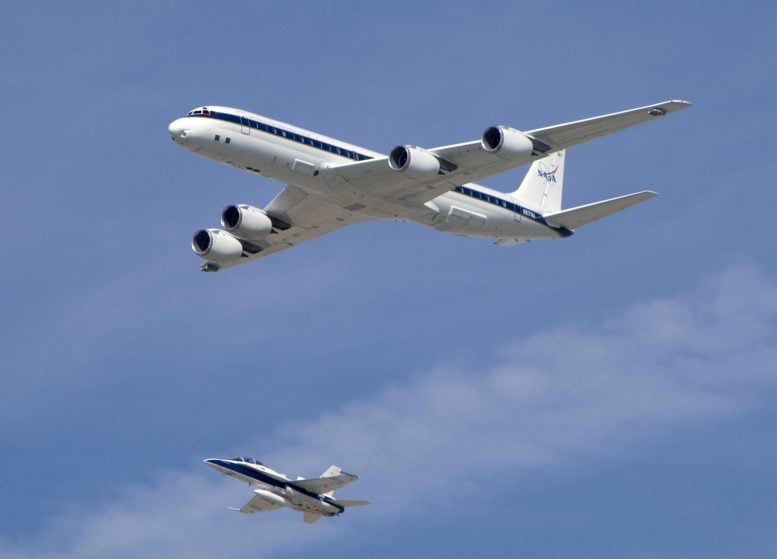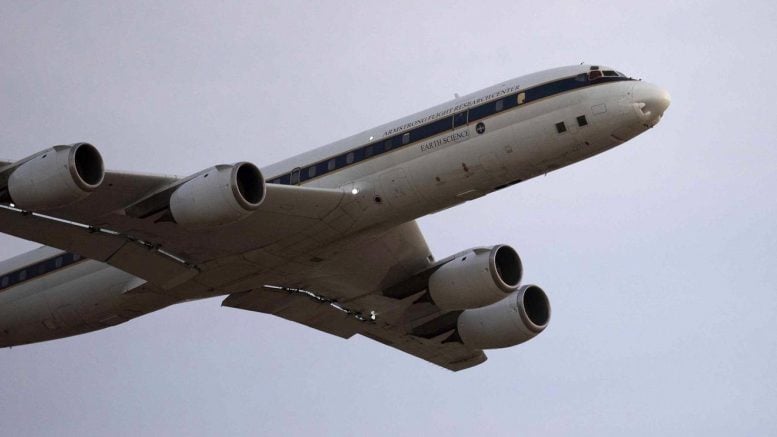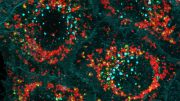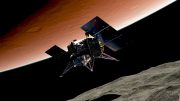The flying science laboratory takes to the skies after major maintenance and will soon prepare for the Convective Processes Experiment – Aerosols & Wind campaign.
NASA’s DC-8 aircraft returned to the skies on January 6, 2021, after more than a year of heavy maintenance, which included an overhaul to all four engines.
NASA operates the highly-modified Douglas DC-8 as a flying science laboratory in support of the agency’s Airborne Science program. On Monday, January 18, the aircraft departed for San Antonio, Texas, where it will remain for planned periodic depot maintenance over several months.
Following its stay in Texas, the DC-8 will begin instrument upload in preparation for the Convective Processes Experiment – Aerosols & Winds campaign, or CPEX-AW for short. The CPEX-AW campaign, a joint effort between NASA and ESA (European Space Agency), includes a 45-day deployment, targeted for July.
NASA’s DC-8, based at the agency’s Armstrong Flight Research Center Building 703 in Palmdale, California, is flown to collect data for experiments in support of projects serving the world’s scientific community.











Be the first to comment on "NASA’s DC-8 Flying Science Laboratory Returns to Flight"